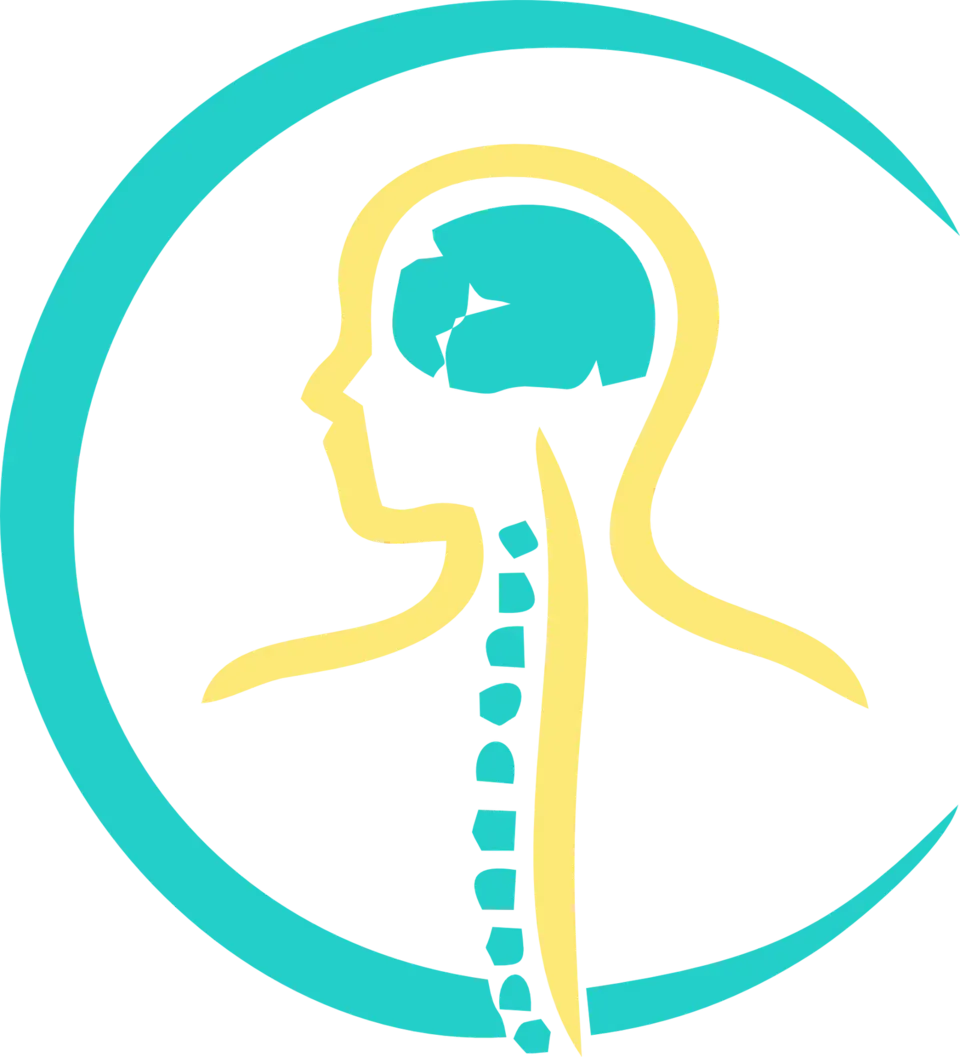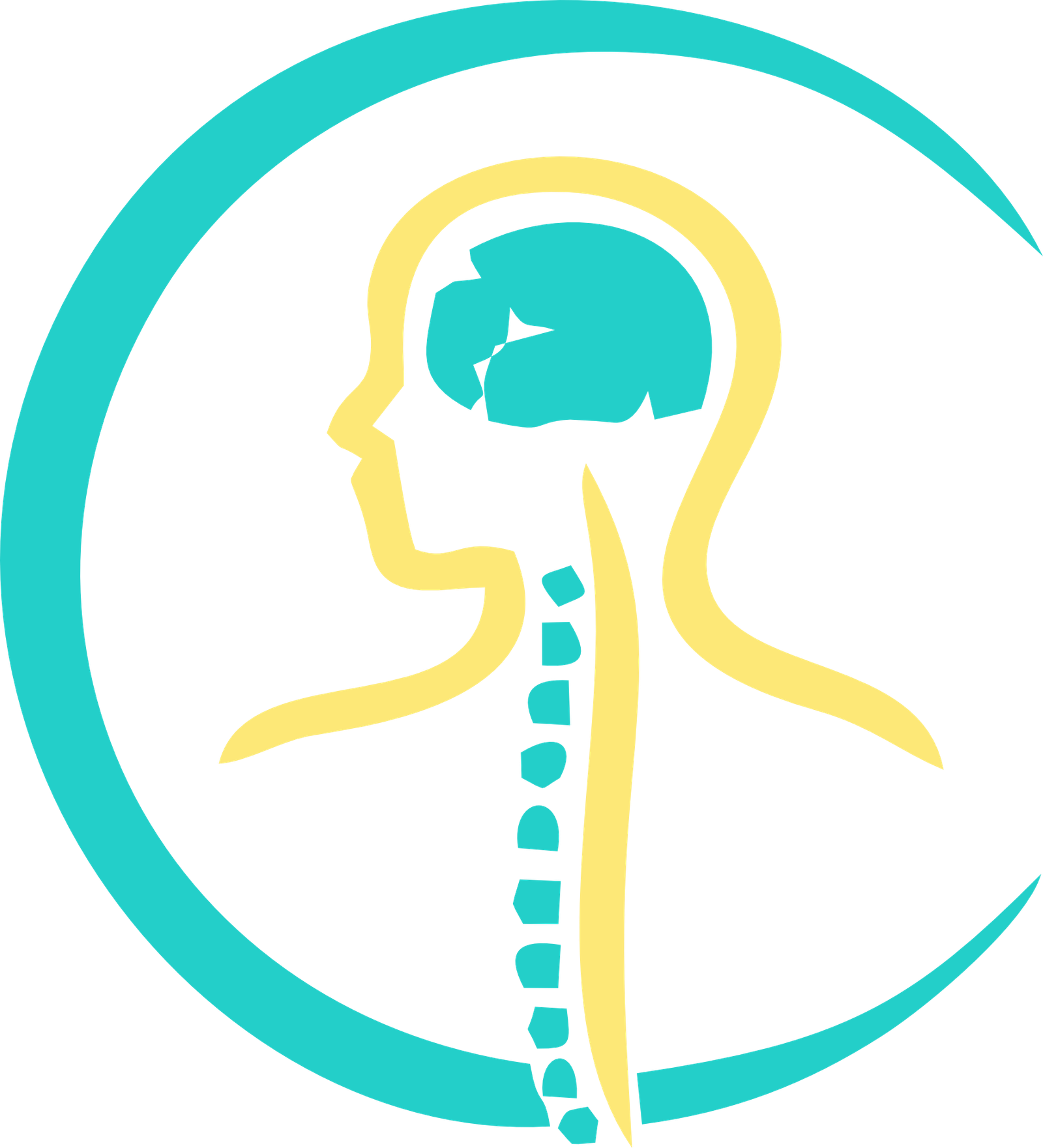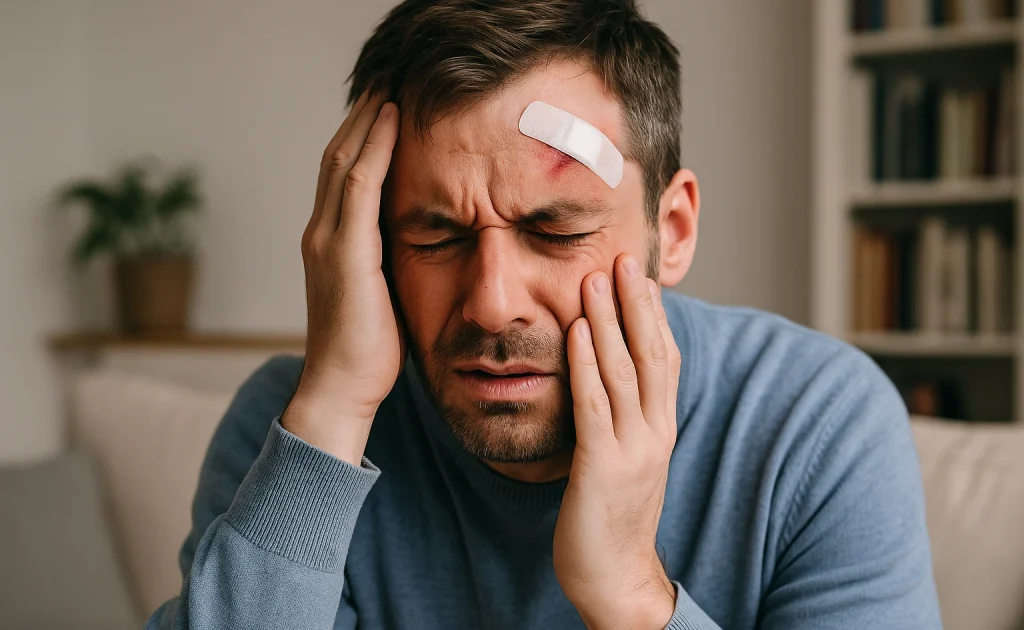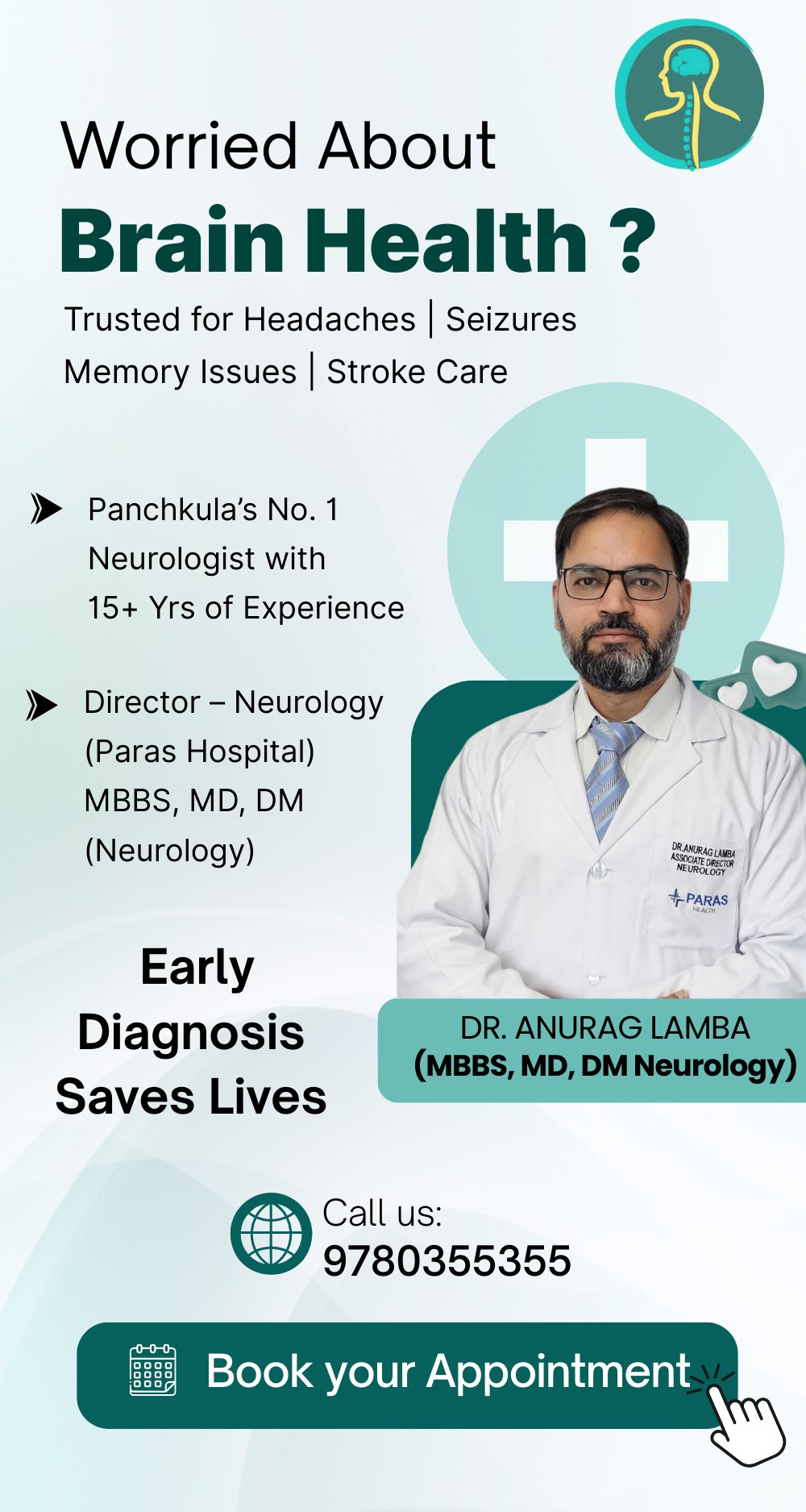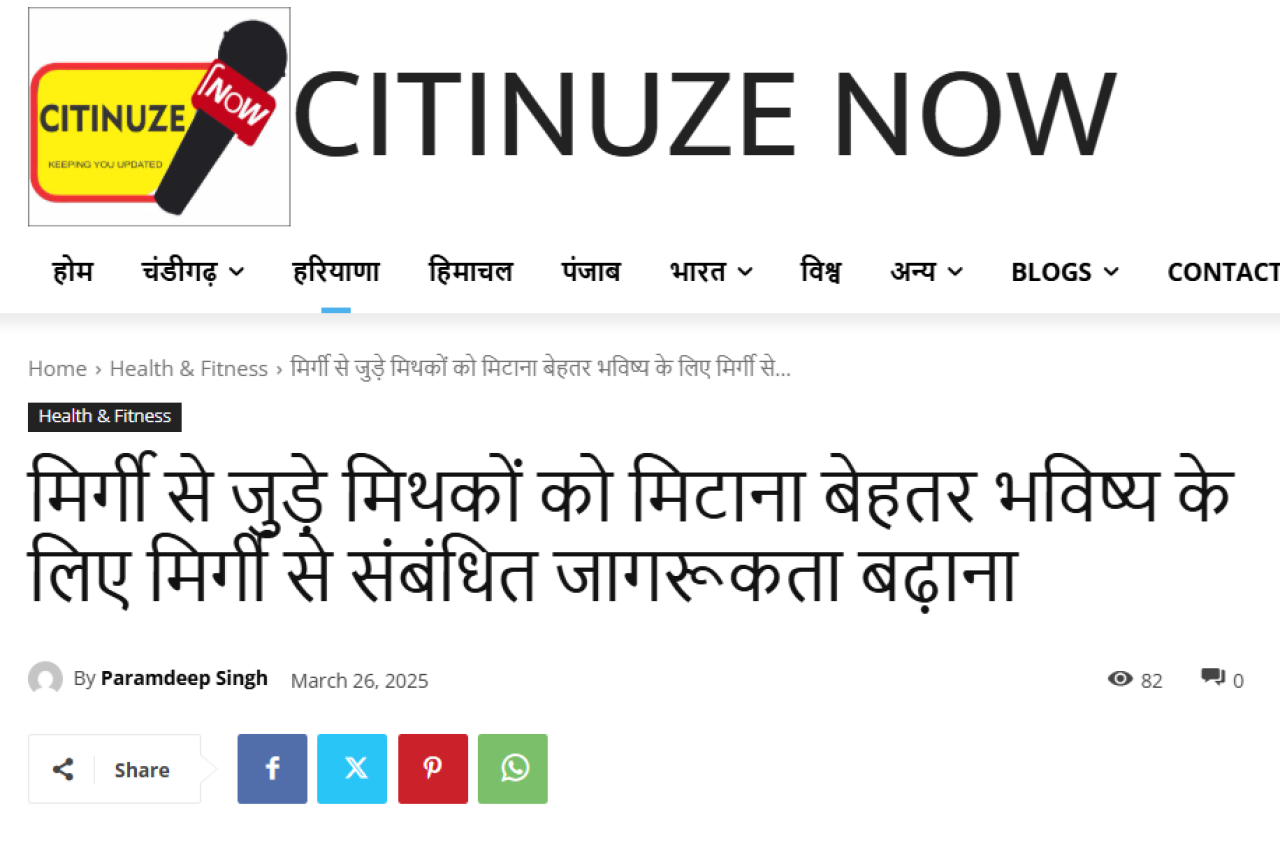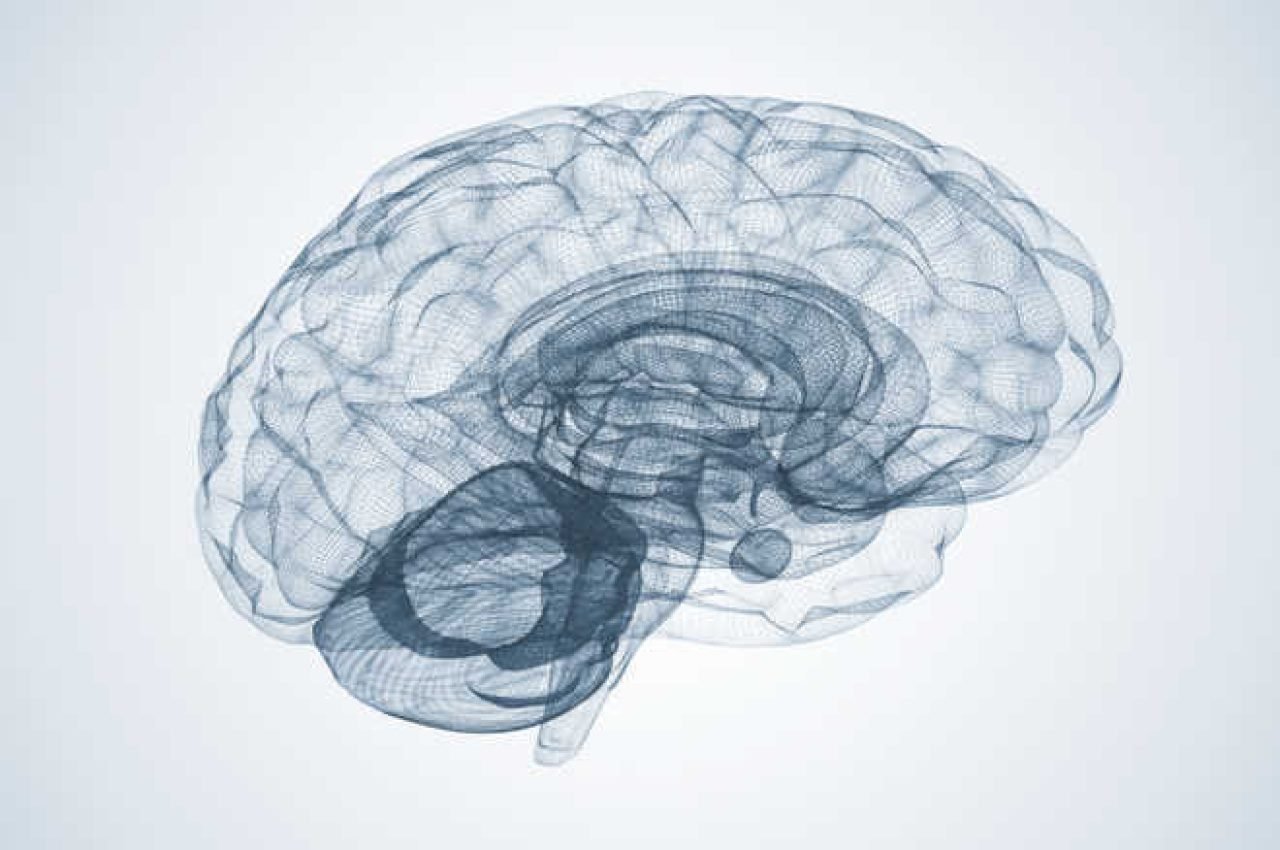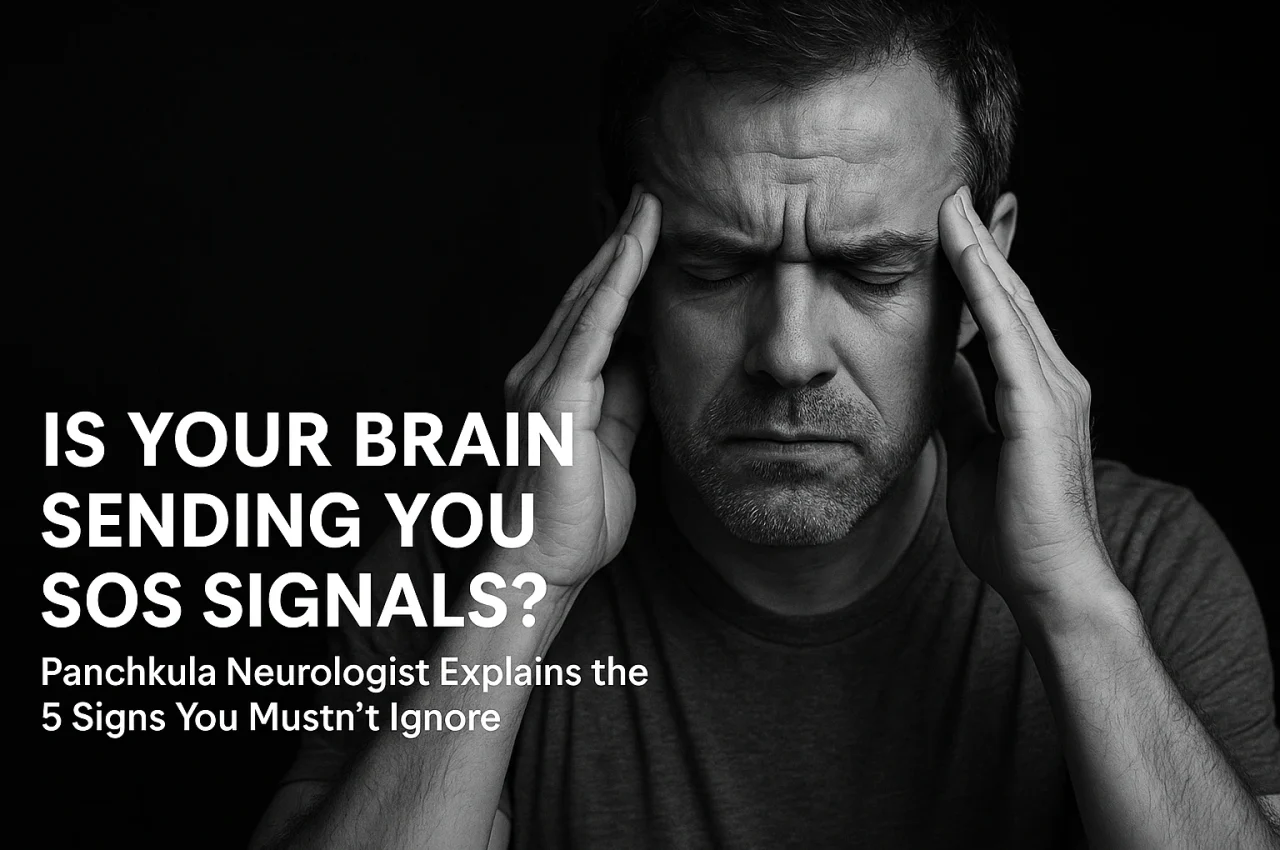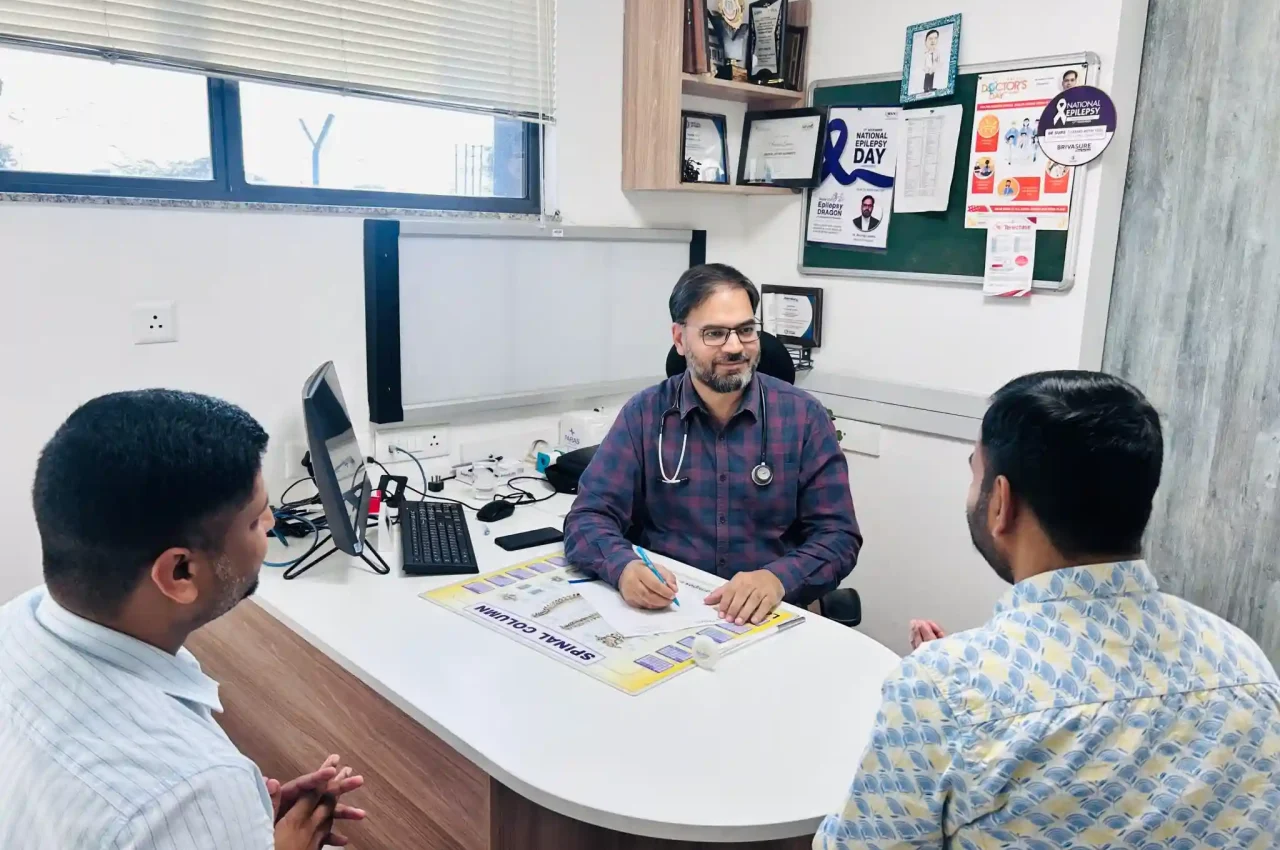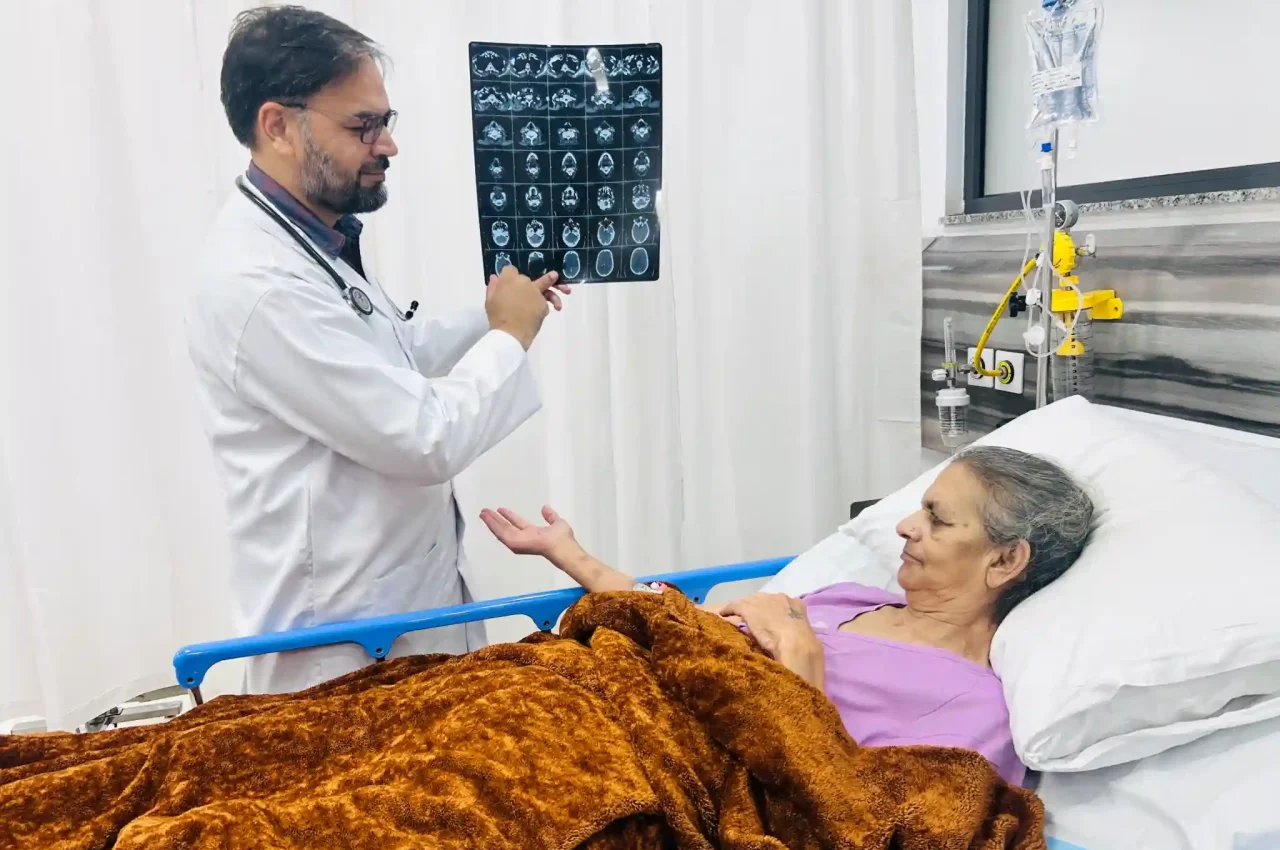Not Every Head Injury Bleeds. Not Every Fall Is Safe.
A sudden fall, a bike accident, or a minor bump may seem harmless. But head injuries can be tricky—sometimes symptoms show up late, or people assume it’s “just a little hit.”
At Dr. Anurag Lamba’s Clinic in Panchkula, we often treat patients who ignored early warning signs. Let’s clear the air and bust the most common head injury myths and facts —so you or your loved ones can act quickly and safely.
🧩 Myth 1: “If there’s no bleeding, it’s not serious.”
✅ Fact: Internal bleeding in the brain (like a subdural hematoma) can occur without any visible cuts.
Always monitor for symptoms like confusion, vomiting, or dizziness after any head impact.
🧩 Myth 2: “If you didn’t lose consciousness, it’s not a concussion.”
✅ Fact: Most concussions do not involve fainting.
You may feel dazed, forgetful, or nauseous—these are still signs of a concussion.
🧩 Myth 3: “Kids bounce back quickly—no need to see a doctor.”
✅ Fact: Children are more vulnerable to long-term effects.
Any head injury in a child should be evaluated by a neurologist, even if symptoms appear mild.
💡 Related Read: Spot early signs in kids with Pediatric Neurology Basics: Recognizing Early Issues
🧩 Myth 4: “It’s safe to sleep after a head injury if you’re tired.”
✅ Fact: You should observe the person closely for a few hours before allowing deep sleep.
If the person is drowsy but arousable and stable, sleep is generally okay—but any confusion, vomiting, or slurred speech warrants urgent medical review.
🧩 Myth 5: “CT scans are only needed for serious injuries.”
✅ Fact: A CT scan is often the only way to detect internal brain swelling or bleeding.
It is a routine part of head injury evaluation at Dr. Lamba’s clinic when symptoms raise concern.
🧩 Myth 6: “You’re fine if you feel okay right after the fall.”
✅ Fact: Symptoms like memory loss, dizziness, headache, or confusion can appear hours or days later.
This is why follow-up matters, even if the person feels “normal” initially.
Red Flags After a Head Injury – When to See a Doctor Immediately
- Loss of consciousness (even briefly)
- Vomiting, especially more than once
- Blurred or double vision
- Slurred speech or confusion
- Seizure or body stiffness
- One pupil larger than the other
- Difficulty walking, standing, or using limbs
- Severe or worsening headache
💡 Related Read: Know more in Brain & Spine Injury: When to Seek Urgent Neurological Help
How Dr. Anurag Lamba Evaluates Head Injuries
At our Panchkula clinic, evaluation includes:
✔ Neurological examination (vision, speech, reflexes)
✔ Observation and vital sign monitoring
✔ CT or MRI brain imaging when needed
✔ Post-injury rest and activity guidance
✔ Follow-up for delayed symptoms or cognitive changes
Safety Tips to Prevent Head Injuries
- Always wear helmets while biking or riding two-wheelers
- Use seat belts and child car seats
- Keep homes fall-proof for elders (non-slip mats, railings)
- Encourage safe sports practices in children
- Limit risky activities in slippery or unsafe areas
💡 Related Read: Keep your nervous system strong with Lifestyle Changes for Better Brain Health
Final Thoughts: Stay Informed. Stay Safe.
A head injury may seem minor—but it’s better to overreact than overlook.
When it comes to brain health, timely care can be life-saving.
📍 Clinic Location: Panchkula, Haryana
📞 Call Us: +91 9780355355
📅 Book Head Injury Evaluation with Dr. Anurag Lamba
FAQ: Head Injuries & Misconceptions
1. How soon after a head injury should I see a neurologist?
If there are any red flags, seek care immediately. Otherwise, within 24–48 hours is best for follow-up.
2. Can you get a concussion without hitting your head hard?
Yes. A quick jolt (like in whiplash) can cause the brain to shake inside the skull.
3. Is it okay to take painkillers after a head injury?
Avoid NSAIDs like ibuprofen immediately. Use paracetamol unless advised otherwise. Always consult your doctor.
4. Can mild head injuries cause long-term issues?
Repeated or untreated injuries—even mild ones—can affect memory, focus, and mood over time.
